Switzerland, a land of scuba divers?
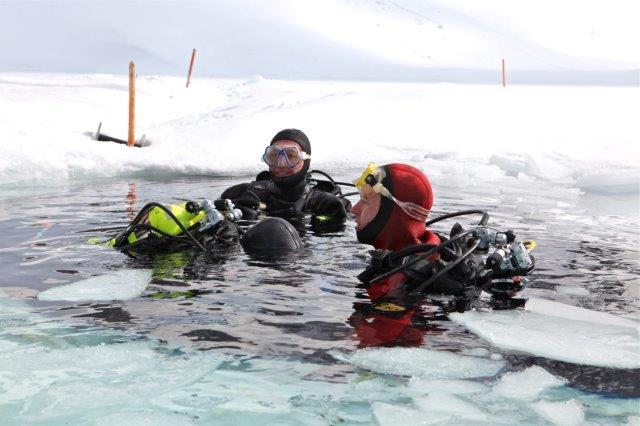
Winter is synonymous with snow sports for most people but, for others, it is the best time of year to scuba dive in Switzerland’s lakes and rivers.
It’s a cold winter evening in St Prex, canton Vaud and Lake Geneva is barely visible in the darkness. A slight mist mutes the distant lights of Lausanne and, to the right, the French town Evian. The surface temperature of the grey water is an uninviting 13 degrees Celsius.
In a nearby car park, four members of Immersion, a local scuba diving club, are preparing for their weekly underwater excursion. Their silhouettes metamorphose into elongated frog-like figures as masks are pulled on and air-tanks are strapped onto backs.
“People say there’s nothing for us to see in the lake, but that’s not true,” says 47-year-old Claude, as they move into pairs towards their pebbled departure point.
Flore, 46, his diving partner (“buddy” in scuba-diving language), shares his enthusiasm. “When you dive in the lake, you feel everything inside,” she says. “When you dive in the sea, you watch – it’s not the same feeling.”
The divers put on their fins and wade out into the water. As they lower themselves under the surface, their bright white dive-lights turn green. Together, they move diagonally across the lake, forming a luminous patch, which gradually fades, then disappears.
Good visibility
The Swiss Federation of Underwater Sports estimates that 250,000 people in Switzerland hold a scuba-diving licence. This figure includes 10,000 technical and cave divers, 300 police and 36 military. According to a survey conducted by market research company Input Consulting in 2013, 50,000 people dive approximately ten times a year in Switzerland. More surprisingly perhaps, some 25,000 people dive at least once a week, including during the winter.
Christophe Cotting, president of Immersion, explains that Switzerland’s waters are much clearer in winter than in summer, which is why many people prefer to dive during the colder months.
“The fact that the surface temperature of the lake is close to the temperature at the bottom makes visibility perfect,” he says. “In summer the surface temperature can rise to a level of 24 or 25 degrees and the temperatures below vary considerably, according to the depth.”
Cotting has written three guides to Swiss diving locations and created a smartphone application, Swiss Dive, detailing 600 spots.
Among them is Lake Lioson, situated at an altitude of 1,850m in canton Vaud. Between mid-January and March, the lake is covered by a layer of ice that can thicken to one metre. Each year, some 300 divers descend through three man-made holes into water at a temperature of three degrees.
“For them, the pleasure is being able to go into the lake and walk upside-down on the ice,” says Paul-François Mermod, owner of the nearby restaurant where the divers stay in dormitories.
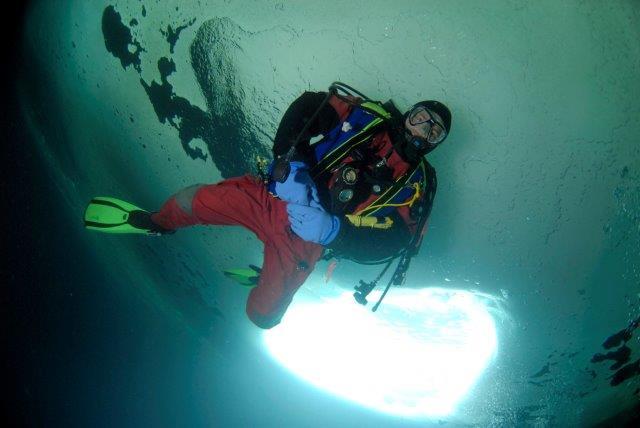
Lake Lioson is only accessible in winter by snowshoeing or ski touring, so divers have a 40-minute ascent before they can explore it. Mermod takes bookings from groups of 20 to 50 divers, mostly members of Swiss, Belgian or French clubs. In November, his dormitories were already fully booked for the season.
But lakes and rivers at lower altitudes offer plenty of opportunities for underwater sightseeing and encounters.
“In Swiss lakes, there are pike, which can measure up to 1.20 metres, and catfish, which can be even bigger – nearly two metres,” says Cotting. “There are also perch, crayfish, burbot, fera and char.”
Underwater sights
Apart from the wildlife, exploring the numerous wrecks of boats and aircraft in Switzerland’s waters is a great source of pleasure for divers. A paddle-steamer at La Tour-de-Peilz, canton Vaud is one of Cotting’s favourites. The boat, L’Hirondelle, sank in 1862 and attempts to refloat it were thwarted by a storm. The vessel sank deeper and disappeared until divers discovered it by chance in the late 1960s.
A similar boat, LeJura, which sank after a collision with another vessel one foggy night in 1864, attracts divers to the stretch of Lake Constance neighbouring canton Thurgau.
In some areas, divers have created underwater trails, “playgrounds” scattered with mannequins and statues. According to Cotting, these are popular with beginners. “They often need to be followed with a compass, which is a very good exercise,” he says.
A trail in the Duzillet, a pond at St Triphon, canton Vaud, includes an inox scale model of racing driver Michael Schumacher’s Formula One car, complete with a driver and his support team. The car was a labour of love for two diving and Formula One enthusiasts, Johnny Rithner and Mario Wohlgehaben. In 2007, a week after the car was immersed, Wohlgehaben died in a diving accident in Lake Neuchâtel.
Florian Labanti, president of La Coulée Douce diving club in canton Valais, was Wohlgehaben’s diving buddy. “For me, Mario is at the Duzillet in his F1,” he says. “The mannequin is dressed in racing overalls that belonged to him. Each time I go to the Duzillet, I visit it, tap it on the shoulder and leave.”
From 1995 to 2013, between three and six diving fatalities were registered annually. The year 2003 was an exception, with 12. Denis Paratte, vice-president and technical expert of the Swiss Diving Accident Prevention Council, partly attributes this to an exceptionally hot summer during which the cold, dark underwater conditions took inexperienced lake divers by surprise.
Paratte points out that the number of accidents does not increase in winter. “People who dive in winter are more experienced and better prepared for the cold than those who dive in summer,” he says.
In St Prex, 30 minutes have passed and a patch of pale green light is visible again as the divers slowly advance towards the shore. One head emerges, followed by three others and a euphoric conversation breaks out.
During their dive to the wreck of a wooden motorboat at a depth of 19 metres, they have seen burbot, perch, crayfish and carp. Next week, they will be back.

In compliance with the JTI standards
More: SWI swissinfo.ch certified by the Journalism Trust Initiative
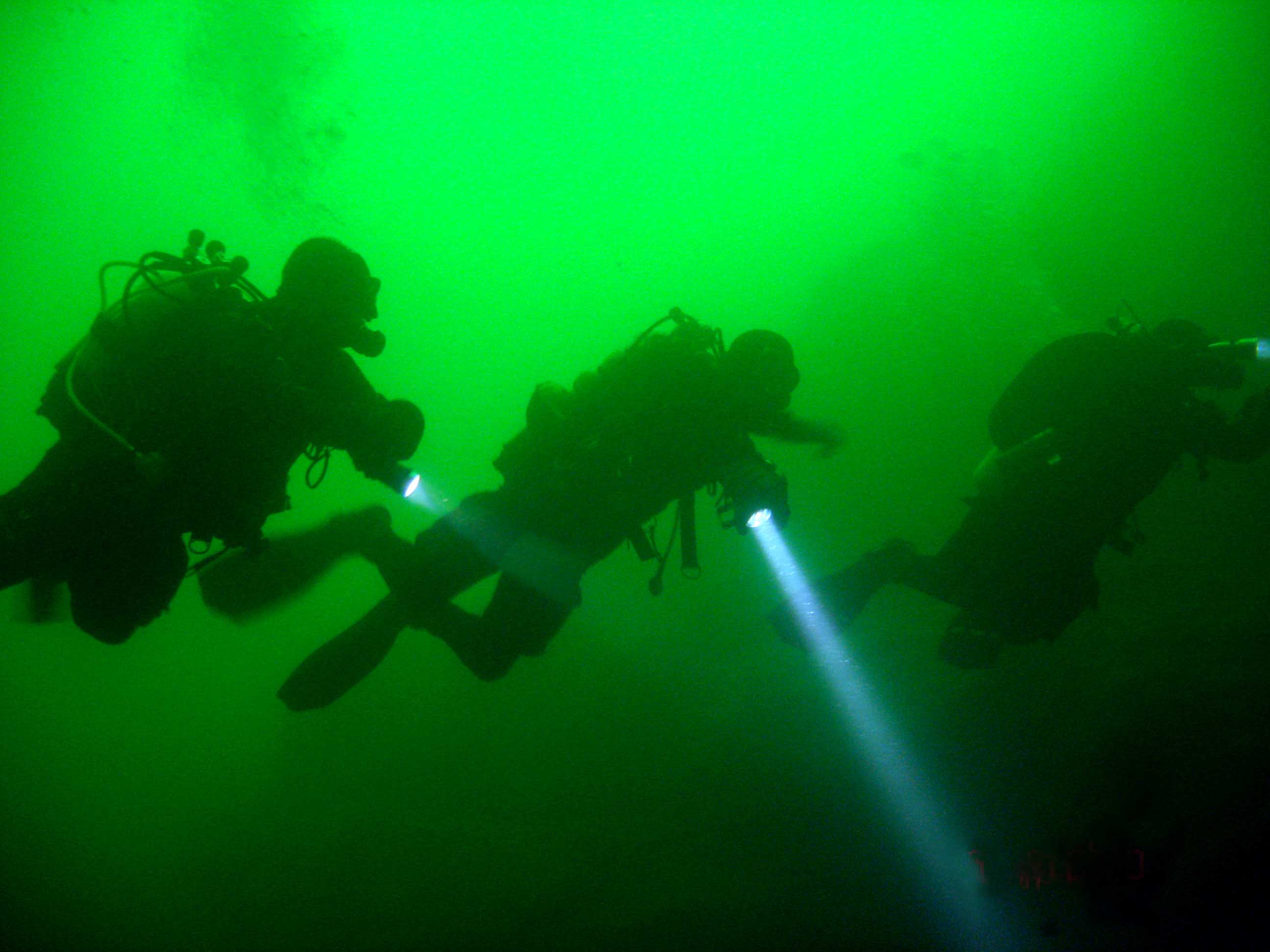

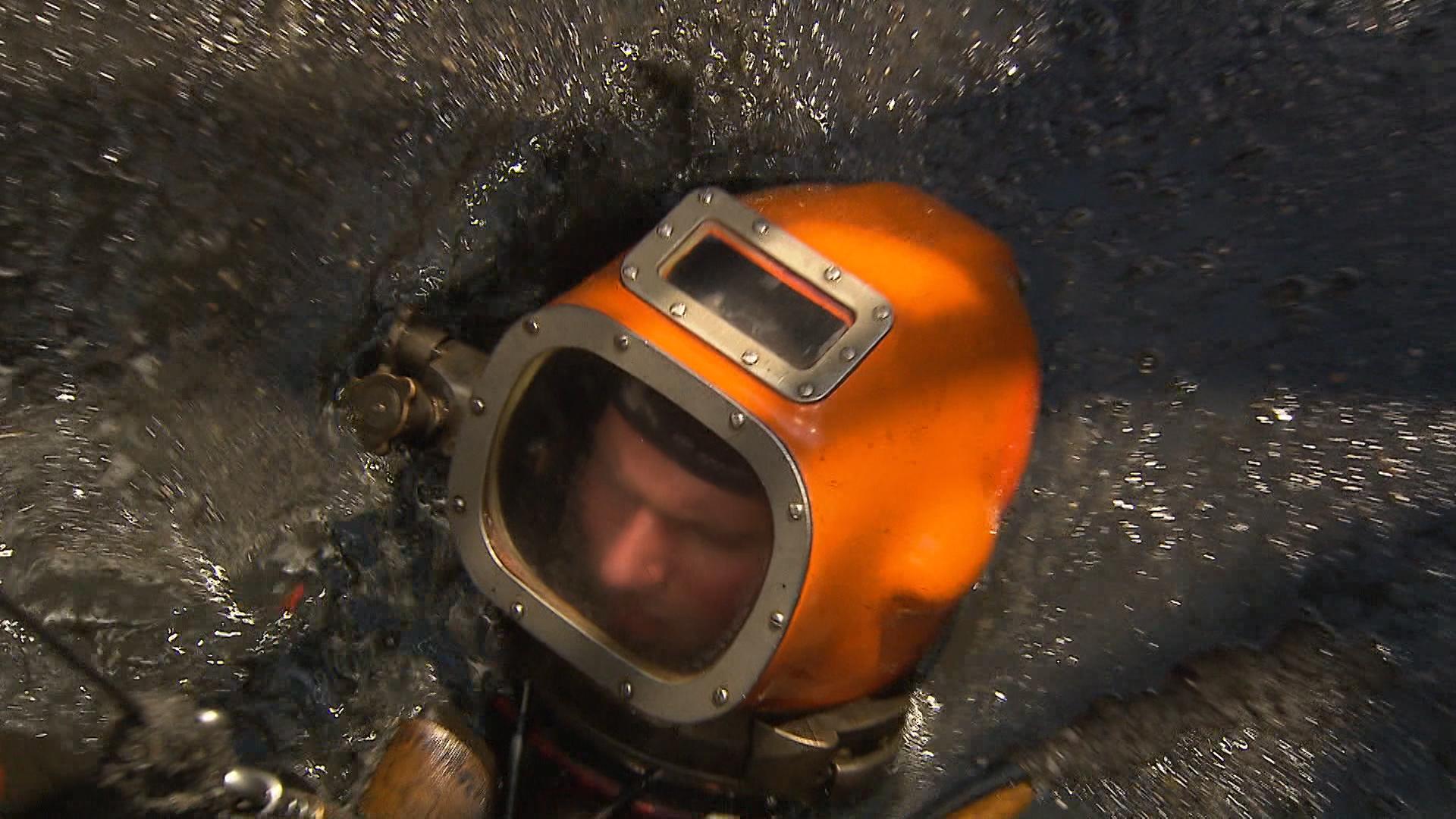
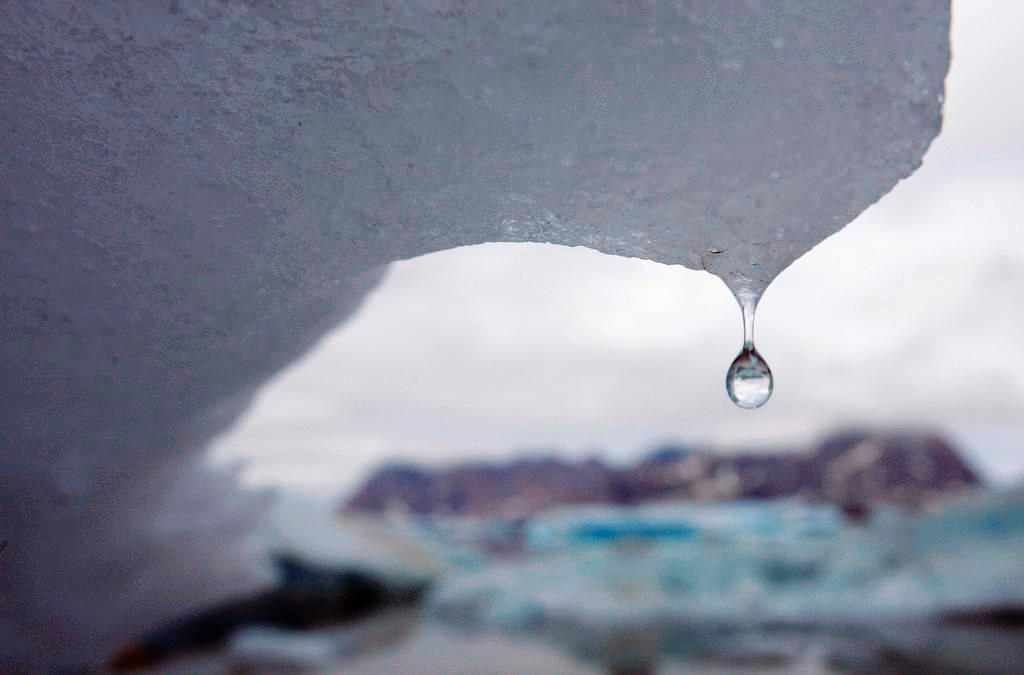
You can find an overview of ongoing debates with our journalists here. Please join us!
If you want to start a conversation about a topic raised in this article or want to report factual errors, email us at english@swissinfo.ch.